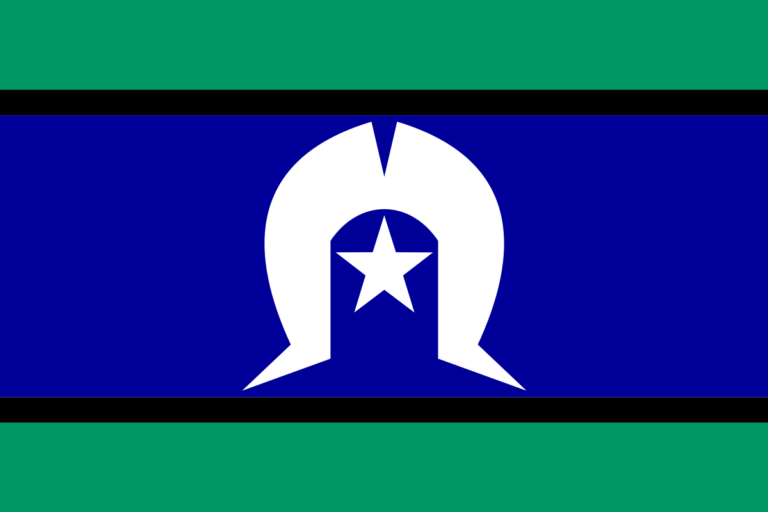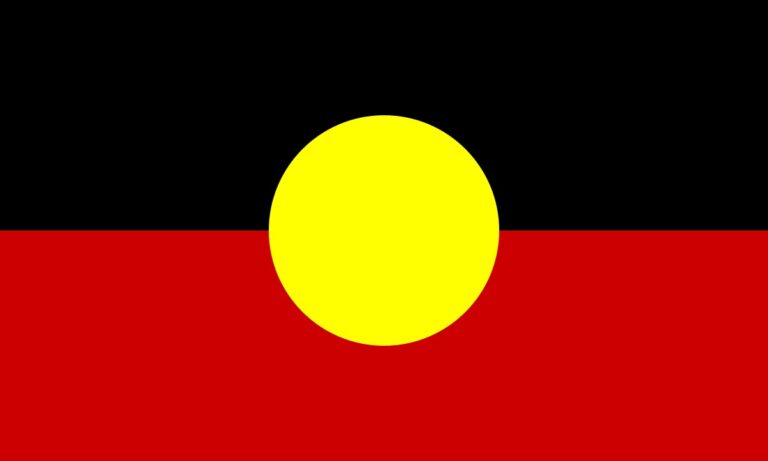Australian and New Zealand ministers are currently considering whether to mandate pregnancy warning labels on alcohol.
No amount of alcohol during pregnancy is safe.
It can cause Fetal Alcohol Spectrum Disorder (FASD) which is the leading cause of preventable developmental disability in Australia.
At the moment, alcohol companies can choose whether or not to put a warning on their label. So most of them don’t.
The simple truth is that the alcohol industry has a conflict of interest; alcohol producers ultimately want to sell more alcohol.
Self-regulation simply does not work when there is a direct conflict of interest.
Below I outline three examples where self-regulation of labelling has failed in the face of a conflict of interest.
CASE STUDY 1
Alcohol health warning labels in the UK: An example of a government intervention in a voluntary industry scheme which did not result in a change to the status quo
In 1998, the UK Government first addressed alcohol labelling through self-regulation.
It was agreed between the government and the alcohol industry that all alcohol products would state clear standard drink information on their labels.
Following the inadequate implementation of this agreement by the alcohol industry, the Government intervened in 2007. They secured a voluntary agreement with the alcohol industry which introduced an expectation for the majority (at least 50 per cent) of labels to carry the Government’s sensible drinking message (SDM) and the alcohol unit content by the end of 2008.
The Government set out for industry five key elements of an ideal label and a sample of an ideal label. The Government also specifically encouraged the alcohol industry to include the Government’s preferred pregnancy statement or logo.
A large-scale independent review was subsequently commissioned by the Department of Health in 2008 to “determine the extent to which the Government’s alcohol labelling agreement with industry was being followed”.
The 2008 independent review found very poor compliance with the Government recommended label (all figures are adjusted for market share):
- Only 2.2 per cent used the Government’s preferred pregnancy warning text and 13.1 per cent the pregnancy logo (total showing any pregnancy information was 17.9 per cent).
- Only 2.6 per cent displayed the agreed sensible drinking guidelines.
- Only 1.2 per cent of the total printable area was devoted to unit and health information (on average).
Further independent monitoring in 2009 found that, contrary to the Government’s 50 per cent target, only 14.5 per cent (adjusted for market share) had ‘acceptable’ content of all five elements of the Government’s recommended label.
CASE STUDY 2
Alcohol health warning labels in the UK: An example of the alcohol industry choosing a less impactful label under a voluntary scheme
In 2017 the Royal Society for Public Health (UK) and the Portman Group (an alcohol industry body) agreed to collaborate on the issue of alcohol labelling.
They jointly commissioned research with the aim of shaping what best-practice alcohol labelling would look like in the future.
Although the research was completed, the partnership broke down because, according to the Royal Society for Public Health, it “proved too difficult to reach a consensus position between the agenda of public health and that of industry”.
The Royal Society for Public Health and the Portman Group both subsequently published separate guidelines for a recommended label. The Royal Society for Public Health report was based on the jointly commissioned research; the Portman Group guidelines do not make reference to the jointly commissioned research
The Royal Society for Public Health recommended a best practice label inspired by the “need to give consumers the information that is most necessary to raising awareness, […] and that has demonstrable potential to positively influence behaviour”. Their mocked-up best practice label was as follows:
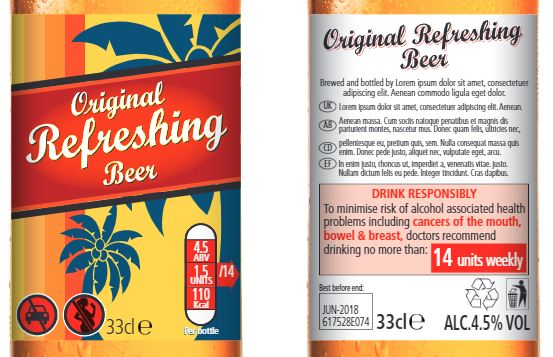
In contrast, the Portman Group’s guidelines were considered to have taken a step backwards by removing the Government’s recommended low-risk alcohol guidelines as a required element. Their mocked-up label “presenting the minimum elements” is as follows:
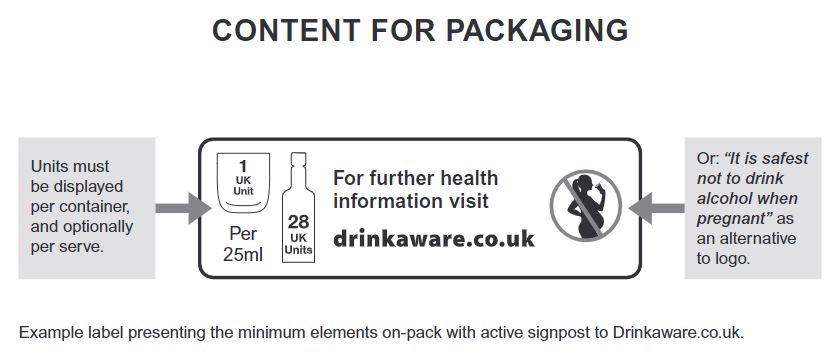
This experience from the UK is a cautionary tale of how the alcohol industry’s interests diverge from public health interests and that of the community. It illustrates the risk that under a voluntary scheme the alcohol industry will not opt to use the most effective, evidence-based label.
CASE STUDY 3
Health Star Rating System: An example of a government-developed voluntary scheme with selective uptake
The Health Star Rating System was established in 2014. It is a front-of-pack labelling system that rates the overall nutritional profile of packaged food and assigns it a rating from ½ a star to 5 stars. It is being implemented from June 2014 on a voluntary basis by the food industry over the following five years, with a review of progress after two years and a formal review at five years.
The two-year review report states that there were 2,031 products displaying the Health Star Rating. This represents 14.4 per cent of total eligible products. In the two-year report, a trend was identified that the uptake of the scheme was higher for products which rated highly on the scale (> 3.5 stars) than for products which rated lower on the scale (< 3.5 stars).
The George Institute for Global Health conducted a review of the Health Star Rating system in 2018 and found that only 7.5 per cent of products in the sample displayed the label. The review also found that food manufacturers were more likely to put Health Stars on foods that scored towards the higher end of the five-star scale, rather than on more unhealthy products.
What needs to happen with pregnancy warning labels in Australia?
Alcohol is a teratogen – a substance that can harm an unborn baby – and it would be entirely appropriate for producers to be subject to regulation so that consumers are informed. Other teratogens are either:
- completely banned from use in products which are designed to be consumed by people;
- illegal;
- only used under medical supervision when there is no better alternative; or
- carry a warning label on the packaging.
Pregnancy warning labels on alcohol should be mandatory, and ministers on the Forum on Food Regulation should vote for the mandatory option.
However, it is crucial that we do not simply mandate the current voluntary label, which has been shown to be ineffective at informing consumers. New warning labels should be developed by Food Standards Australia New Zealand (FSANZ), with advice from relevant experts free of commercial interests, and should be informed by consumer testing research.
The voluntary labelling scheme has been in operation for more than six years and has not been effective at communicating a clear message that pregnant women should not drink alcohol. The current voluntary labels are often too small and indistinct to be seen and understood. Anyhow, coverage under the voluntary scheme is only 48% (fewer than half of alcohol products have the labels).
Only an independent and mandatory scheme administered by FSANZ, a trusted regulatory body, can overcome the significant conflict of interest (that alcohol producers ultimately want to sell more alcohol) which has thus far prevented the alcohol industry from implementing an effective and consistent warning label.
Consumers have a right to know if they are consuming a product that puts their health and the health of their unborn child at risk. Only a mandatory scheme with a government-developed label will deliver warnings that are seen and understood by consumers.
